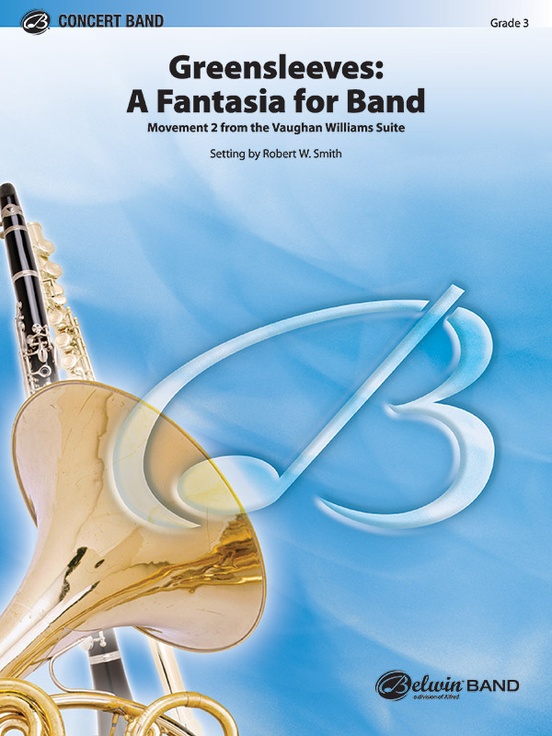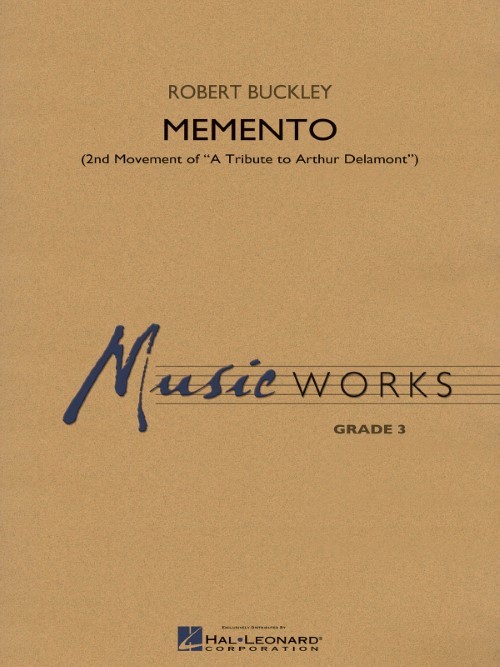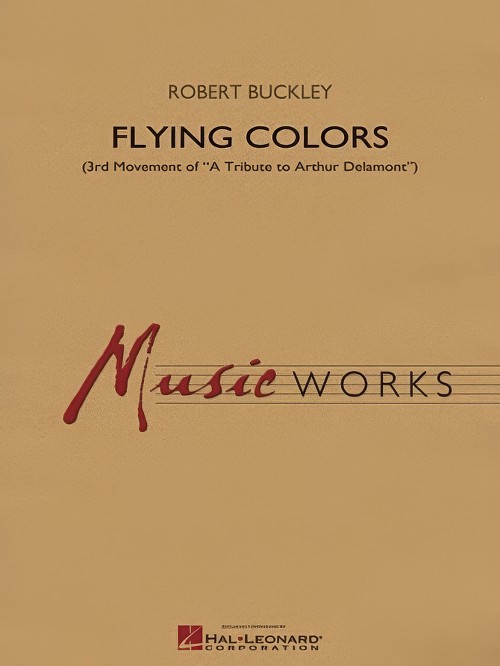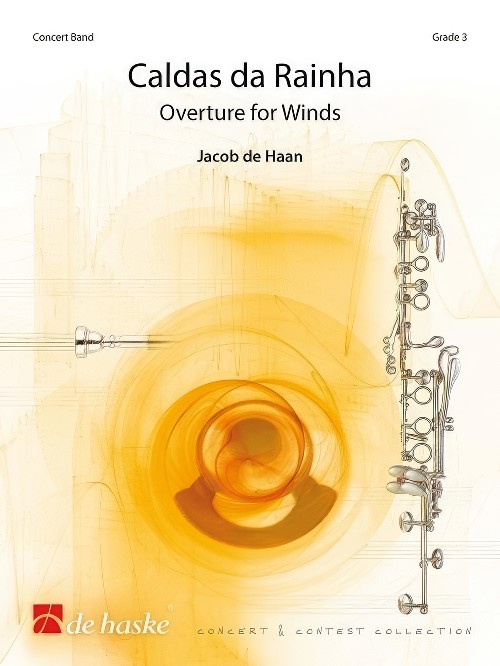Results
-
 £45.00
£45.00Love and Peace: A Father's Wish - Powell, Lane M.
A lush ballad that is an emotional tribute to fatherhood this richly scored work is suitable for both middle school and high school level bands. Featuring colorful woodwind and brass melodic lines, Love and Peace is unique in that it is a ballad that utilizes your entire percussion section! This piece contains many soaring countermelodies in the middle voices, and builds into a powerful proclamation of sonority and beauty. Perfect for festivals or concert programs.
Estimated dispatch 7-14 working days
-
 £70.50
£70.50Greensleeves: A Fantasia for Band
In tribute to Ralph Vaughan Williams, Robert Smith's second movement of the Vaughan Williams Suite is entitled . Beginning with a lyric solo statement by the flute, the compellingly beautiful melody is explored using the unique timbres of the contemporary concert band. The first movement, Wassail, is also available as item (00-24758). This title is available in MakeMusic Cloud.
Estimated dispatch 3-5 working days
-
 £98.50
£98.50 -
 £94.99
£94.99Tribute To Grainger, A - Percy Aldridge Grainger
Estimated dispatch 7-14 working days
-
 £94.50
£94.50Visions of Australia - Lloyd
'Visions of Australia' is a musical panorama paying tribute to the epochs in Australia's history from its Aboriginal predecessors through to its 'yet to be determined' future. The journey begins with a tribute to Australia's aboriginal past, the arrival of the British Navy and the establishment of the first colony on the shores of Sydney Harbour. The journey then meanders through to the development of electricity and communication, through the wars and to the present. Following a brief reflection on the past, the music concludes with a stirring and patriotic march-like section representing a confident and bold future. The work is a great challenge for all sections of the band and will be easily accessible to any audience.
Estimated dispatch 7-14 working days
-
 £59.99
£59.99Memento (Concert Band - Score and Parts) - Buckley, Robert
2nd Movement of A Tribute to Arthur DelamontFamed bandmaster Arthur Delamont always programmed a hymn in his concerts and Memento is an homage to that proud tradition. Starting with a simple and reverent solo trumpet and introducing other brass instruments one by one, the introduction has the sound of a brass band. The woodwinds join in and, with the use of rich textures and dynamic scoring, the work builds to a powerful climax and then resolves once again with the solo trumpet. Ideal for festival use, Memento will give your ensemble an opportunity to explore expression and nuance. The second movement of A Tribute to Arthur Delamont, Memento was commissioned by the West Vancouver Youth Band.Duration: 4:00
Estimated dispatch 7-14 working days
-
 £85.14
£85.14Visions of Australia
Visions of Australia' is a musical panorama paying tribute to the epochs in Australia's history from its Aboriginal predecessors through to its 'yet to be determined' future. The journey begins with a tribute to Australia's aboriginal past, the arrival of the British Navy and the establishment of the first colony on the shores of Sydney Harbour. The journey then meanders through to the development of electricity and communication, through the wars and to the present. Following a brief reflection on the past, the music concludes with a stirring and patriotic march-like section representing a confident and bold future. The work is a great challenge for all sections of the band and will be easily accessible to any audience.
Estimated dispatch 7-14 working days
-
 £82.50
£82.50Elegy For The U.S.S. Arizona - Larry MacTaggart
Elegy is a tribute to the lasting legacy of the members of the U.S.S. Arizona Band, entombed with over 1,100 other sailors in the sunken wreckage of the Arizona. A solemn snare drum begins and ends the piece, and the familiar strains of Eternal Father Strong to Save are used to create a moving tribute to all veterans who have made the ultimate sacrifice for their country.
Estimated dispatch 7-14 working days
-
 £72.99
£72.99Flying Colors (Concert Band - Score and Parts) - Buckley, Robert
Third Movement of A Tribute to Arthur Delamont.Imagine a band far off in the distance marching toward you - soft at first, the music becomes louder and louder; the red capes of the band sway in the wind, getting closer and closer. It was this image that inspired Flying Colors. Famed bandmaster Arthur Delamont always programmed a march in his concerts, and the hallmark of his band was their red capes. The work begins very softly with a distant snare drum beat. The trumpets enter quietly with the melody, and with each new melodic entry the music grows and intensifies to a roaring finish. This is a fresh new take on a march, and is sure to please players and audiences alike! Flying Colors is the third movement of A Tribute to Arthur Delamont and was commissioned by the West Vancouver Youth Band.Duration: 3:10
Estimated dispatch 7-14 working days
-
 £104.99
£104.99Caldas da Rainha (Concert Band - Score and Parts) - De Haan, Jacob
The city of Caldas da Rainha lies on the west coast of Portugal. The name refers to the thermal baths (caldas) as well as to the word for queen (rainha). This festive work depicts several beautiful venues of 'Rainha', and can be seen as a tribute to the queen Eleanor, who founded the settlement at the end of the 15th Century. The city of Caldas da Rainha lies on the west coast of Portugal. The name refers to the thermal baths (caldas) as well as to the word for queen (rainha). This festive work depicts several beautiful venues of 'Rainha', and can be seen as a tribute to the queen Eleanor, who founded the settlement at the end of the 15th Century.Duration: 5:00
Estimated dispatch 7-14 working days
